Islamophobia is about to take the center stage at the Republican National Convention. Here’s how Muslims in one Tennessee town overcame the hate.
The bunting is measured, the lights are primed, and the hate is about to get mic-checked—which can only mean that Donald Trump’s campaign is coming to the Republican National Convention in Cleveland. The Donald will be riding into town on the backs of the bogeymen that helped get him this far: Chinese debt-holders, Mexican roustabouts, radical blacktivists.
But no group has felt the lash of the unleashed American id more than Muslims. Trump has suggested, again and again, that they are no good, sad!, presumably treacherous, and should be subject to mass profiling and blacklisting. In December, he proclaimed that “tens of thousands of people” were coming into America with “cell phones with ISIS flags on them.” And after the mass shooting in Orlando on June 11, Trump tweeted: “Appreciate the congrats for being right on radical terrorism.” All around Trump’s campaign, there is a national wave of emboldened grassroots Islamophobia, from California to Massachusetts, ranging from street harassment to assault to actual murder.
That much we know. But if you want a glimpse of what can come next, how Muslim America can withstand and overcome, you might want to start in the sleepy town of Murfreesboro, Tennessee. A proposed mosque in 2010 brought out a precursor of Trumpism, a noxious mix of fear and revulsion that nearly wiped out the community of Muslim academics and refugees. They braved bomb threats, arson, assault, and seemingly endless legal proceedings for the crime of simply constructing a community center. But they stayed, resisted, moved forward—and, six years later, claim to be better for the experience, their faith steeled and their relations with the town stronger.
Murfreesboro is no Eden—this May a female driver was run off the road allegedly for wearing a hijab—but the community withstood the worst of America, and got back to the better stuff: they healed the anger, built trust, constructed their mosque. Here’s how they won.

The Islamic Center of Murfreesboro (ICM) sits on Veals Road, adjacent to the Grace Baptist Church. When I visited, the street was quiet as kids played tag outside on the lawn. The most egregious crimes here seem to be the sloppy serves and backhands at the ping pong table in the rec room.
It’s difficult to imagine that this building presented any sort of challenge to American liberties. But from 2010 to 2013, the community center became a lightning rod for the rising tides of Islamophobia in the country.
Though a Muslim community has been active Murfreesboro for about 30 years without incident, the public notice of the ICM’s proposed construction triggered the anti-Islamic tension in the town and eventually snowballed into years of protracted court proceedings and public protest, even arson.
Politicians stoked the flames of controversy and Murfreesboro’s Muslims paid the price for it. Their children were bullied in school, their places of worship became targets of violence, and their peace of mind in a town they saw as home was all but robbed.
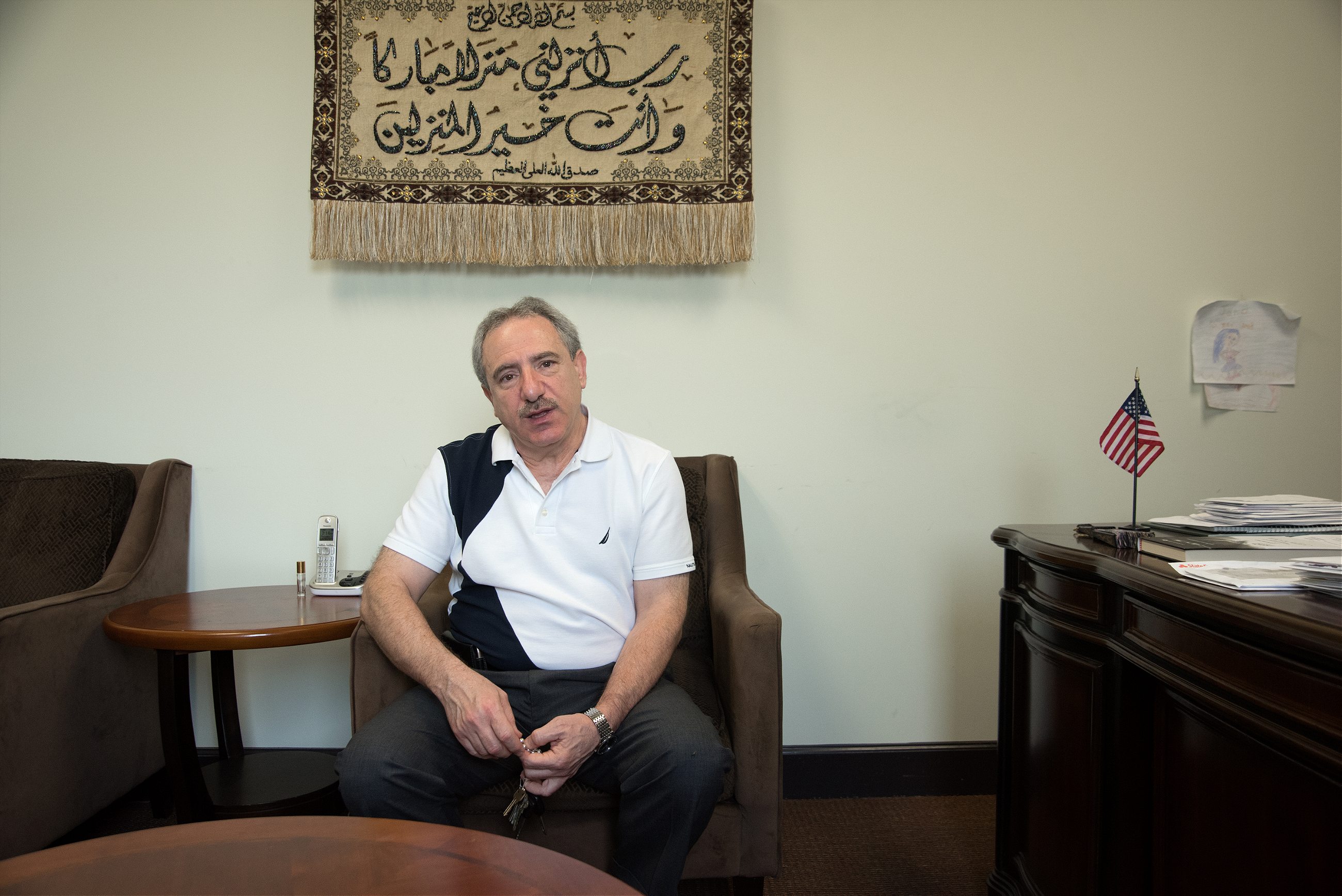
“We were completely blindsided,” said Dr. Saleh Sbenaty, a founding member of the ICM and engineering professor at Middle Tennessee University. During the crisis, Sbenaty became the public face of the mosque and a national figure in the process.
The Murfreesboro that Sbenaty encountered in those years was a far cry from the hospitable town that warmly welcomed when he first arrived from Syria in 1993. There were just a handful of Muslims in town at the time and they prayed together in a one-bedroom apartment rented out by Dr. Essam Fathy, a local physical therapist. But soon the local Muslim population ballooned as thousands sought refuge in central Tennessee from the Gulf War and fall of the Siad Barre dictatorship in Somalia. These conflicts, along with Nashville’s low living costs, booming industries, and generosity of church groups that helped resettle refugees, combined to double greater Nashville’s foreign-born population in just eight years.
Fathy’s one bedroom apartment soon became too small for prayers, so the group moved to a two bedroom apartment, then a garage, and then a converted doctor’s office. Through the transitions, Sbenaty and the community worked hard to integrate with Murfreesboro at large. The Muslim community engaged directly with Murfreesboro’s large conservative Christian population, partnering with churches to hold frequent interfaith dialogues and panels. All questions and concerns about Islam were tackled headfirst with potlucks and open houses. Even after 9/11, as Muslims around the country feared Islamophobic backlash, the Islamic community of Murfreesboro enjoyed the support of their neighbors, working together to denounce terror.

That’s not to say that Murfreesboro had always been entirely accepting of immigrants and outsiders. The Rutherford Reader, a local newspaper, had for years been putting out hateful Islamophobic and xenophobic rhetoric. In 2011, the paper published a supplement titled, “Islam and the Divine Deception,” a scathing indictment of Islam’s supposed threat to American freedoms. The same argument was made in another local paper, The Tennessean, about Roman Catholicism in 1929 when Murfreesboro’s Catholics had proposed the construction of the Church of St. Rose of Lima. The Rutherford Reader was pulled from Kroger shelves in 2010.
But Sbenaty never felt any of these divisions in his personal life or saw any of it in his community, which continued to grow. The ad-hoc community centers and places of worship would no longer suffice.
The community banded together to buy a property on Veals Road in November 2009. They put up a sign declaring it the future home of Murfreesboro’s Muslim community. When it was vandalized two months later—“NOT WELCOME” spray-painted over the announcement—Sbenaty thought little of it, chalking it up to a few confused teens. They drafted plans for a mosque and community center complete with a walking trail, pool, gym, and playground, and presented to the city council on May 24, 2010.
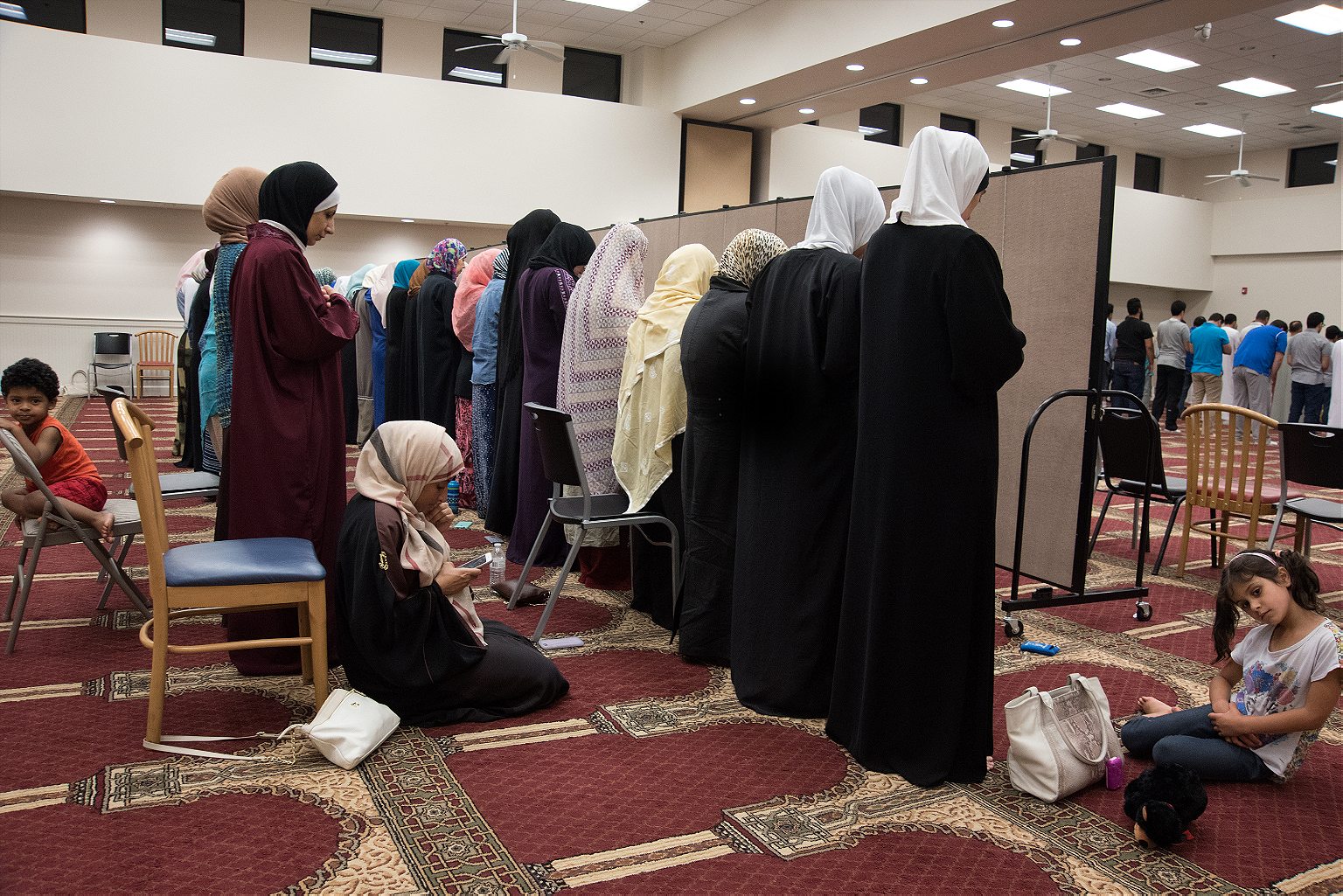

Soon after the city decided to approve the construction of the Islamic Center of Murfreesboro, opposition began to brew in the traditionally white, conservative, Protestant city. June 2010 saw the first mass protest with 600 concerned citizens showing up to speak out against the mosque at the Planning Commission meeting. In July 2010, 800 locals opposing the ICM set up outside the Rutherford County Courthouse in protest of the creeping threat that had now come to their doorstep. They were met an equally strong organic counter protest made up of locals who had lived side-by-side with Murfreesboro’s Muslims for decades.
It happened to be a Tennessee State Senate election year, and the mosque soon became a political flashpoint. Some local politicians pointed to the center as a sign of the inevitable rise of Sharia law and terrorism. Lou Ann Zelenik, a 2010 U.S. Senate hopeful, founded her campaign on anti-Islamic rhetoric, saying, “This ‘Islamic Center’ is not part of a religious movement; it is a political movement designed to fracture the moral and political foundation of Middle Tennessee.” Bill Ketron, a Tennessee state senator representing Murfreesboro, submitted a bill to outlaw Sharia law, allow the state attorney general to identify Sharia organizations, and even sentence those in support of these organizations to 15 years in prison.
Unknown assailants fired multiple rounds in his vicinity
Things worsened from there. Construction was approved in August 2010, but only a few days after ground was broken, construction equipment that had been stored onsite was lit ablaze. Investigators ruled the fire as arson. When Sbenaty went to investigate the scene the next day, unknown assailants fired multiple rounds in his vicinity. A case was never opened, despite multiple witnesses. The attack sent fear rippling through Muslim communities around the nation. Donations began pouring into the ICM and costs that were expected to take years to pay off were covered in a matter of weeks.
Protests became a regular sight at the Bradyville lot. Signs read “Mosque Leaders Support Killing Converts,” and “To Embrace Islam is to Embrace Terrorism.” But more impressive than the hundreds of Tennesseans that showed up to shut the mosque down were the counter-protestors that often doubled the opposition.
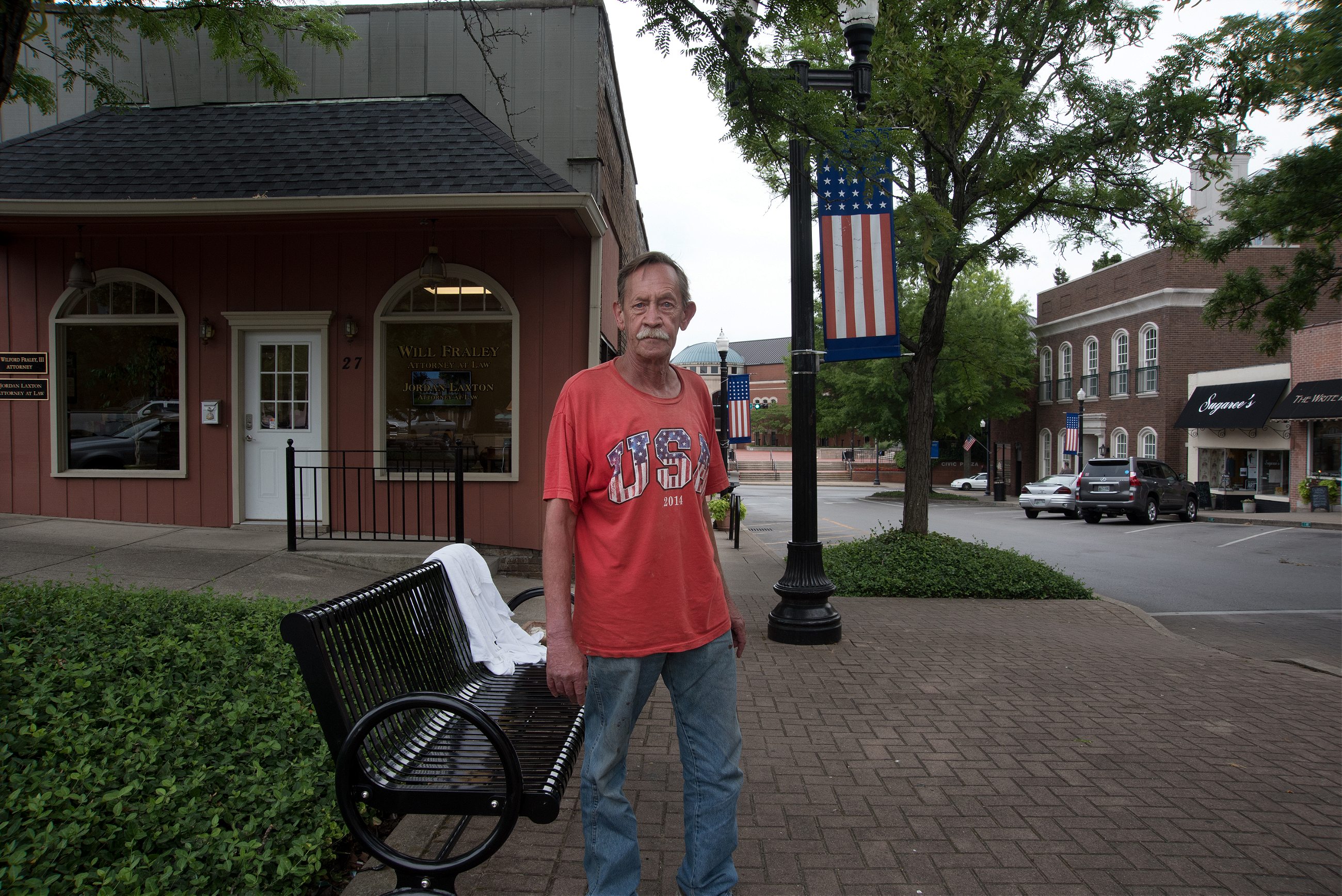
Court proceedings soon followed. The first was led by anti-mosque lobbyist Laurie Cardoza-Moore (watch her astonishing appearance on the Daily Show here) and filed along with three plaintiffs in September 2010. The arguments presented began as purely technical proceedings surrounding the legality of the proposed construction and the public notice given by the planning commission. “They were smart to file a suit with the county and the mayor, because [the ICM] did not do anything wrong,” Sbenaty said.
Other arguments against the mosque included increased traffic and lower property values. Both were rejected out of hand by the Planning Commission, which had little power to deny approval to religious facilities under federal law. Another argument was directed at an earlier permit approved by the commission to allow the ICM to bury one of their congregation on the Veals Road property. Islamic tradition dictates burial in a plain white sheet and local opposition dubiously pointed out that such a burial could pollute the groundwater.
But as those tactics failed, opposition began to target the very foundations of Islam itself.
In the September 2010 case Estes v. Rutherford County Regional Planning Commission, private investigations were conducted to determine further links between ICM members and support for terrorism. Anti-Islamic activists demanded a public investigation to the same end. Noted conspiracists like Frank Gaffney were called as expert witnesses while ICM members had to stand on the sidelines: they were not considered defendants in the case.
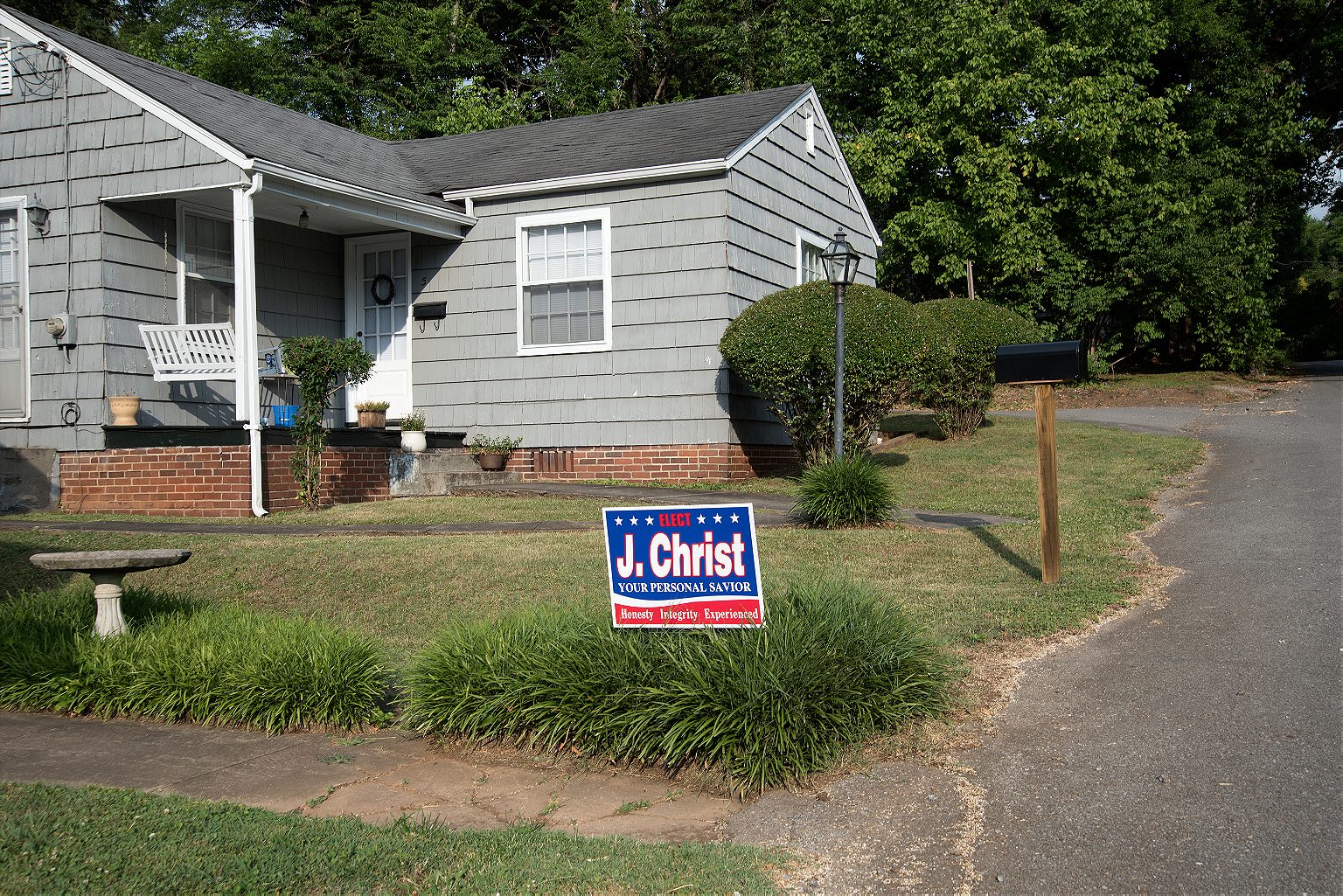
The argument soon turned to the religion itself. Plaintiffs contended that Islam could not be considered a religion under U.S. law, and as such, the proposed mosque would not be shielded by the protections given to religious institutions of supposedly “true” faiths. In an Amicus Curiae submitted to the court of Rutherford County, author Louie E. Johnson wrote, “The strangest and most untrue thing that can be said about Islam is that it is a Religion of Peace.” Attorney Joe Brandon, who represented mosque opponents, summed up the fears of the town. “First, there will be a cemetery, a sports field, and, then, a Muslim Brotherhood training center targeting not only Rutherford County,” but all of Middle Tennessee.
It was not until the federal government joined the court battles in a game of tug-of-war with the local government, which was withholding a necessary occupancy certificate, that the mosque’s construction was allowed to continue.
Interfaith dialogue continued and Grace Baptist Church, next door to the ICM, opened its arms to Muslims. Sbenaty was asked to speak in other professors’ classrooms about Islam and the head of the university declared that anti-Islamic speech would not be tolerated. After two years, the court cases were beaten back by the ICM, with help from the Beckett Fund for Religious Liberties and attorney John Greene, who worked pro bono. The mosque was finally opened for services on August 10, 2012, just in time for Eid.
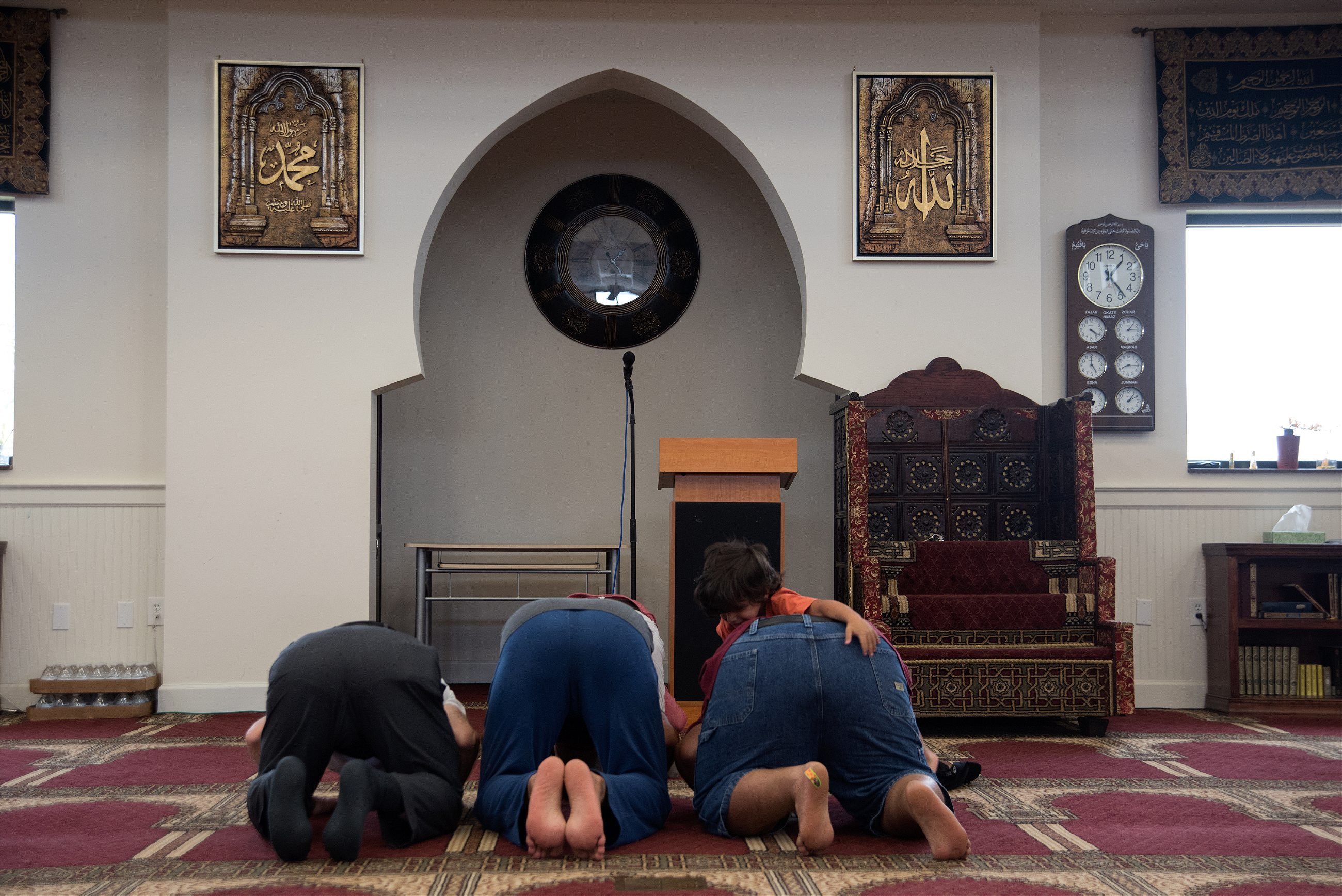

Four years later, the mosque is flourishing, the community feels safe, and the politicians that ran against the ICM have been voted out of office. But more than relieved, Ossama Bahloul, then imam of the ICM and who has since left to take a post with the Islamic Center of Nashville, is thankful for the experience.
“It was a gift. A lot of people might not see it like that. But I truly believe it was a blessing,” Bahloul said, his bare feet tucked under him as he sat in a dark green leather reading chair in his office at the ICM. Two large bookshelves stand guard behind his neat desk, carrying volumes of leather bound books on Islamic law.
Imam Bahloul has spent his life studying the Quran and defending his faith. He’s traveled the world on religious panels with some of the world’s biggest Christian televangelists and has heard just about every argument in the book against Islam. But neither his degree from Al-Azhar University in Cairo nor his extensive library could have prepared him for the fight he had in his own hometown.
“The craziness was at an 11 for a while. And it’s never really gone back to zero,” Bahloul says. During the height of the controversy, Bahloul was personally maligned incessantly. Tenuous links were drawn up between Bahloul’s education in Egypt and the Islamist Muslim Brotherhood ideology. His failure to respond to a “Freedom Pledge” to denounce killings of former Muslims only intensified tensions. He remains a popular target of conspiracy websites to this day.
these people don’t understand Islam
After the Paris and San Bernardino attacks, Bahloul, along with other imams in Nashville, released statements condemning the violence and declaring it as un-Islamic behavior. Bahloul points out that these were not made to appease the non-Muslim community, but instead for internal dissemination and to rout out violent intentions. He is proud to say that the ICM and several other mosques in the area work hand-in-hand with the FBI and Homeland Security to report any suspicious activity.
Imam Bahloul still fields calls and receives voicemails to this day asking him to denounce violence. He also receives rants from concerned Americans telling him to get out of America with his violent beliefs. The imam returns as many of the calls as he can because, he says, “these people don’t understand Islam.” He also believes that answering calls like these and engaging with those that wanted the mosque not to be built is exactly what brings the community together. It’s what made Sbenaty’s daughter, who previously hadn’t worn a headscarf, choose to wear one and represent her faith.
“When I wear it, I feel stronger and there’s been so much positive support from the community when I wear it,” Dima Sbenaty says. Words of encouragement are not uncommon when Ms. Sbenaty goes shopping in her head wrap. Events like last month’s road rage only make these words speak louder and this community stronger. “I don’t feel threatened.”
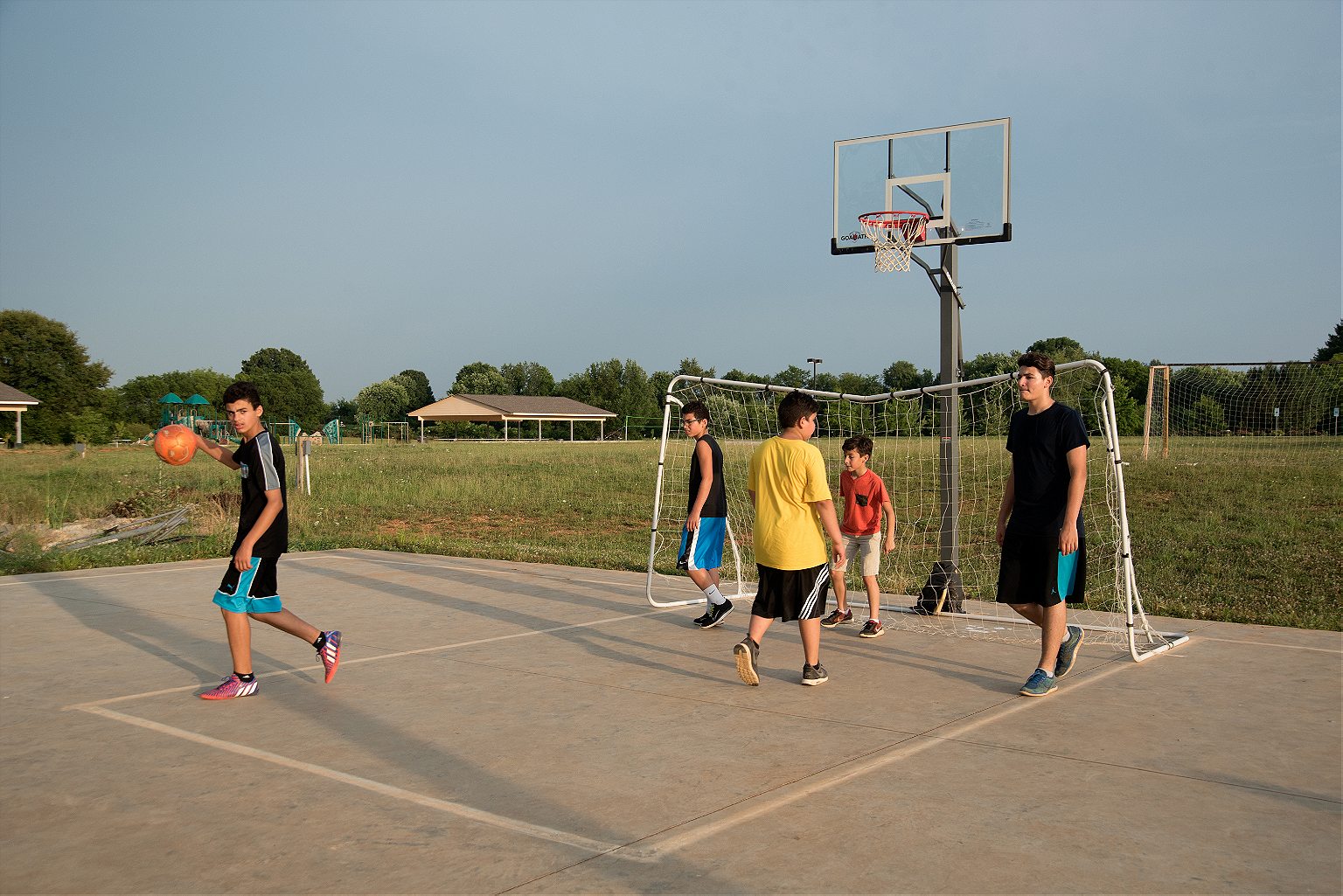
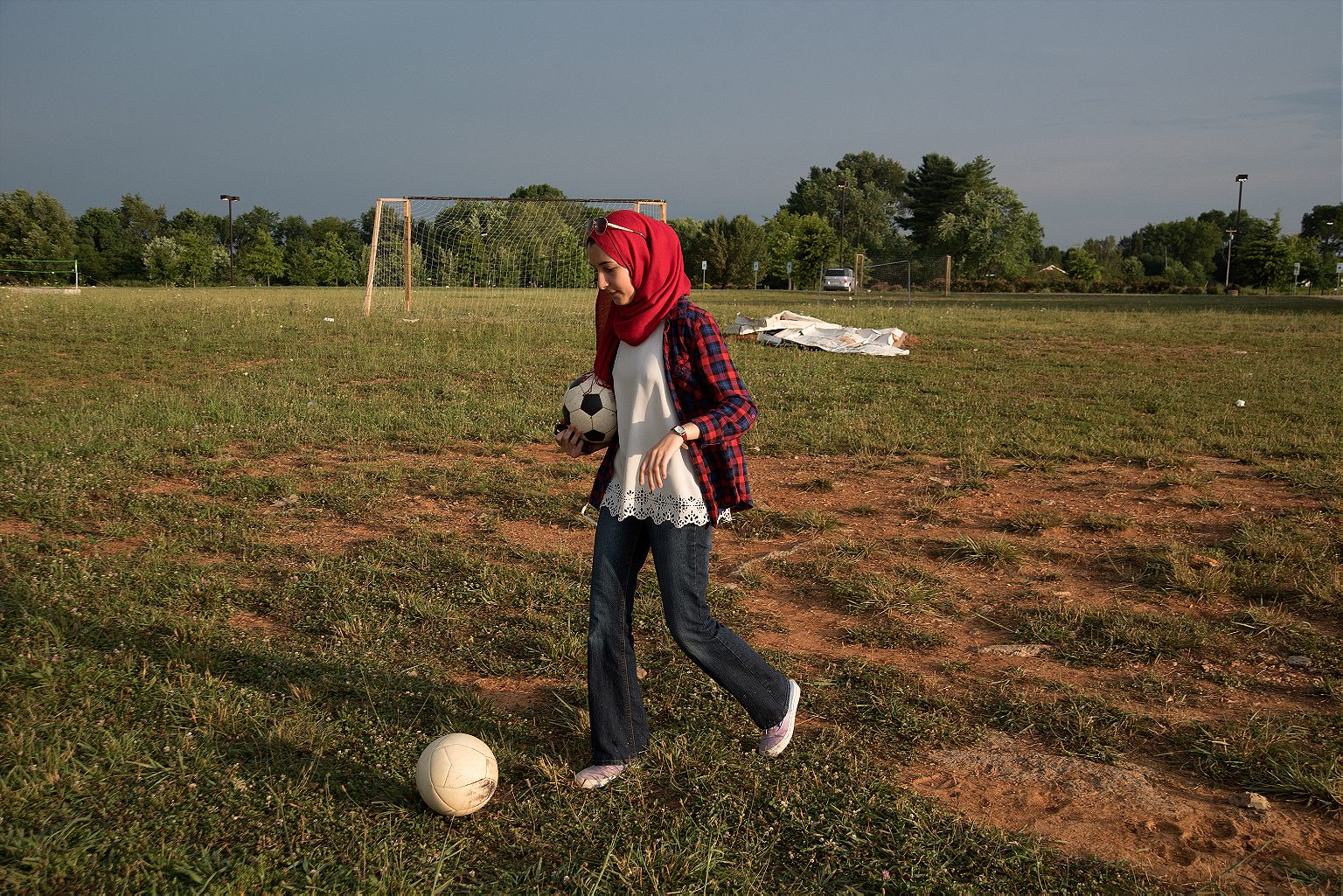

This is the paradox of Murfreesboro: there may be a small silver lining to a very troubling time. The more the haters scratched and picked at the community, the more solidarity they unearthed, a bedrock understanding between Muslims, Christians and Jews. Neither legal activists, nor rightwing media, nor would-be arsonists, could shake the foundation.
But there was another key partner in overcoming. It was the Department of Justice, which filed suit using a Bush-era law to compel the local government to issue permits to the mosque. It was enough pressure to tip the balance, and it was a result of the legal and political consensus that had governed Republican and Democratic administrations alike. That consensus is, in a way, exactly what’s on the ballot this November.
Nashville has recently announced that it will accept some of the 10,000 refugees slated to come to the U.S. from Syria in the coming years. Davidson and Rutherford counties will undoubtedly have a tough time adjusting, as will the newcomers seeking a better life in America.
Sbenaty has been in their shoes before. “It’s not going to be easy, it’ll take time to adjust. But life in the United States is very beautiful. You’re respected as a human being. Your rights are guaranteed by the constitution. The freedom you have here is much more than the basic life you have there. That’s the beauty of the United States.”